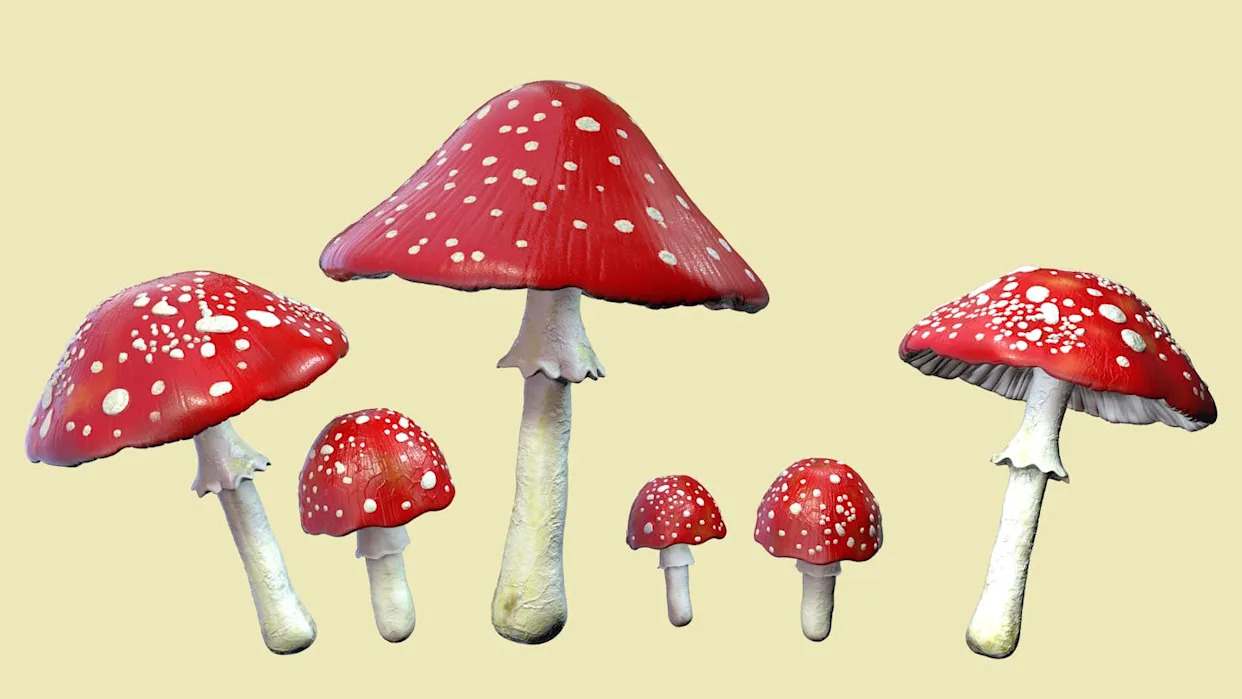
Imagine you purchase a bag of gummies labeled nootropic – a term used to describe substances that claim to enhance mental ability and function, or “smart drugs.” However, within hours of consuming them, your heart starts racing, you’re nauseated and vomiting. Then you begin convulsing and have a seizure, resulting in a trip to the hospital.
You certainly did not expect to have such a severe reaction to an over-the-counter edible product, which is available online and in herbal and vape shops nationwide. What happened?
So-called “microdosing” of mushrooms has been on the rise over the past few years, accompanying a shift in local policy in some areas and increasing research into its potential benefits for mood and mental health. Microdosing involves the ingestion of small quantities of psychoactive mushrooms, less than a regular dose and not in sufficient quantities to induce a “trip” or psychedelic experience, but to boost mood, creativity, concentration or productivity.
Psychedelic mushrooms are illegal at the federal level, restricted as a “Schedule 1” substance by the Food and Drug Administration, though some states and local municipalities have begun the process of decriminalizing the possession of these mushrooms.
This greater acceptance of mushrooms and psychedelics has led to a growing market for edible products containing non-hallucinogenic mushroom species that are appearing on the shelf at grocery stores, vape shops, even gas stations, with claims that these products improve mental function.
To meet demand, manufacturers are also turning to other types of mushrooms – including both psychoactive and non-psychedelic – some of which are potentially more toxic. But key pieces of information are often missing for consumers to make informed decisions about which products to consume.
I am a natural product scientist at Pennsylvania State University, where my lab specializes in understanding the molecules found in plants, mushrooms and other natural resources and how they can benefit or harm human health. Our team actively researches these small molecules to uncover how they can address infectious and chronic diseases, but also monitors them for toxic or adverse effects on human health.
While nootropic products have potential to boost health, there can be little transparency surrounding many commercial mushroom products, which can have dangerous consequences.
Chemistry and toxicology of psychoactive mushrooms
The main psychoactive components of traditional “magic” mushrooms, found in the genus Psilocybe, are psilocybin and psilocin. These two small molecules are alkaloids that activate receptors in the brain to trigger the main psychoactive effects of magic mushrooms.
Both psilocybin and psilocin have a high therapeutic index – meaning they are generally nontoxic in humans because the amount that must be ingested to be fatal or dangerous is more than 500 times the dose at which it has been shown to be therapeutically effective. Therefore, psilocybin-containing mushrooms are generally considered to have a low potential for acute toxicity in humans, to the point where it is believed to be nearly impossible to achieve a toxic dose from oral consumption.
Demand breeds diversification in mushroom sourcing
With the growth in popularity of psychedelic mushrooms, companies have been looking for ways to meet consumer demand. And in some cases, this has meant finding mushrooms that do not contain psilocybin and are therefore not restricted by the FDA. The result has been an increase in products that come without legal entanglements, which means there are products that can contain other types of mushrooms, including lions mane, chaga, reishi, maitake and a genus of mushrooms called Amanita, which can be hallucinogenic.
Amanita mushrooms are the quintessential white-flecked, red-capped toadstools – the stereotypical image of a mushroom. These fungi contain very different compounds compared to the Psilocybe mushrooms, such as muscarine and ibotenic acid. These compounds function differently in the brain and, while also capable of producing psychedelic experiences, are generally considered to be more toxic.
Nootropic and other mushroom products are often found as edibles, including chocolates and gummies. However, there is little enforcement surrounding the ingredient labeling of such dietary supplements; products that have a proprietary blend of ingredients generally do not have to report individual ingredients to the species level. This protects trade secrets regarding unique blends of ingredients, but it can also obscure the actual composition of some edible nootropic and microdosing products. And this can have dangerous consequences.
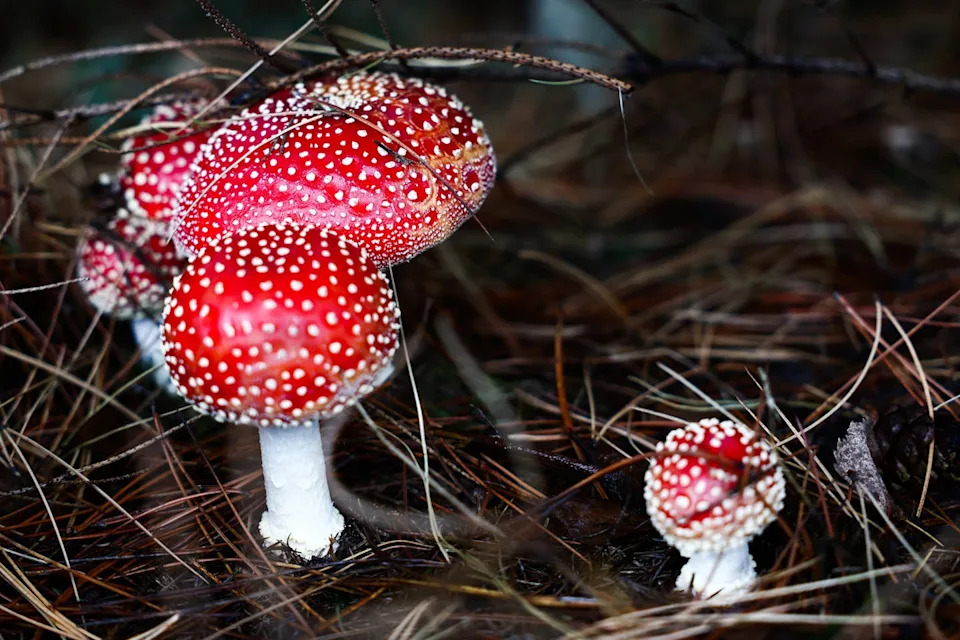
Increasing adverse effects
The explosion of nootropic mushroom products has led to a wide variety of products on the market that potentially contain wildly differing levels of mushrooms, many times containing blends of multiple mushroom species. And with little reporting guidelines in effect, it can be hard to know exactly what you’re taking.
One case study in Virginia involved five people who were hospitalized after they ingested gummies from different nootropic brands that were labeled to contain muscarine, muscimol and ibotenic acid, all compounds found in Amanita mushrooms.
A follow-up analysis of locally available gummy brands that contained “mushroom nootropic” ingredients revealed the presence of psilocybin, but also caffeine, the stimulant ephedrine and mitragynin, a potential painkiller found in Southeast Asian plant products like kratom. None of these ingredients were listed on the product label. Therefore, the cocktail of mushrooms and substances that these people were exposed to was not necessarily reflected on the label at the time of purchase.
The increase in use of other, potentially toxic, mushrooms in over-the-counter products has been reflected in reported poisoning cases in the United States. In 2016, out of more than 6,400 mushroom-related poisoning cases in the U.S., only 45 were Amanita mushrooms.
In the past few years since certain states began decriminalizing psilocybin, the U.S. has seen an increase in calls and reports to poison control centers of people feeling nauseous and experiencing vomiting, seizures, cardiovascular symptoms and other adverse effects after ingesting edible mushroom products such as chocolates and gummies. This prompted a multistate investigation beginning in 2023 that uncovered over 180 cases in 34 states of people who had ingested a particular brand of mushroom-based edibles, Diamond Shruumz.
A 2024 recall required that stores remove these products from their shelves. And in late 2024, the FDA put out a letter to warn consumers and manufacturers of the dangers associated with Amanita mushrooms, saying they “do not meet the Generally Recognized As Safe, or GRAS, standard and that Amanita mushrooms are unapproved food additives.” Despite this warning, such products are still available from producers.
Even when a product is labeled with the relevant ingredients, mushrooms are notoriously easy to misidentify when collected. Numerous mushroom species have similar shapes, colors and habits.
But, despite their visual similarities, these different mushrooms can have drastically different chemistry and toxicity. This even plagues foragers of culinary mushrooms, with hundreds of emergency department visits due to fungal misidentification every year in the U.S.
There is little current regulation or oversight for species identification in dietary supplements or over-the-counter mushroom edible products, leaving consumers at the mercy of producers to accurately list all raw products and ingredients on the product label.
This article is republished from The Conversation, a nonprofit, independent news organization bringing you facts and trustworthy analysis to help you make sense of our complex world. It was written by: Joshua Kellogg, Penn State
Read more:
Joshua Kellogg does not work for, consult, own shares in or receive funding from any company or organization that would benefit from this article, and has disclosed no relevant affiliations beyond their academic appointment.
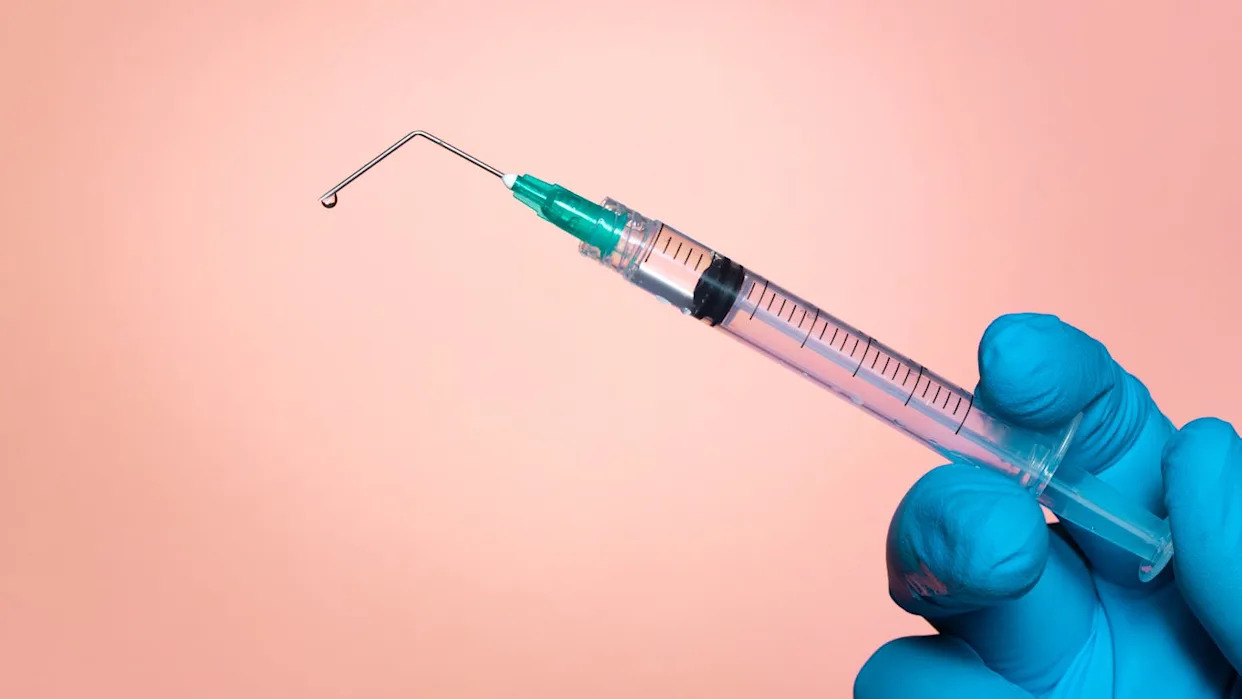


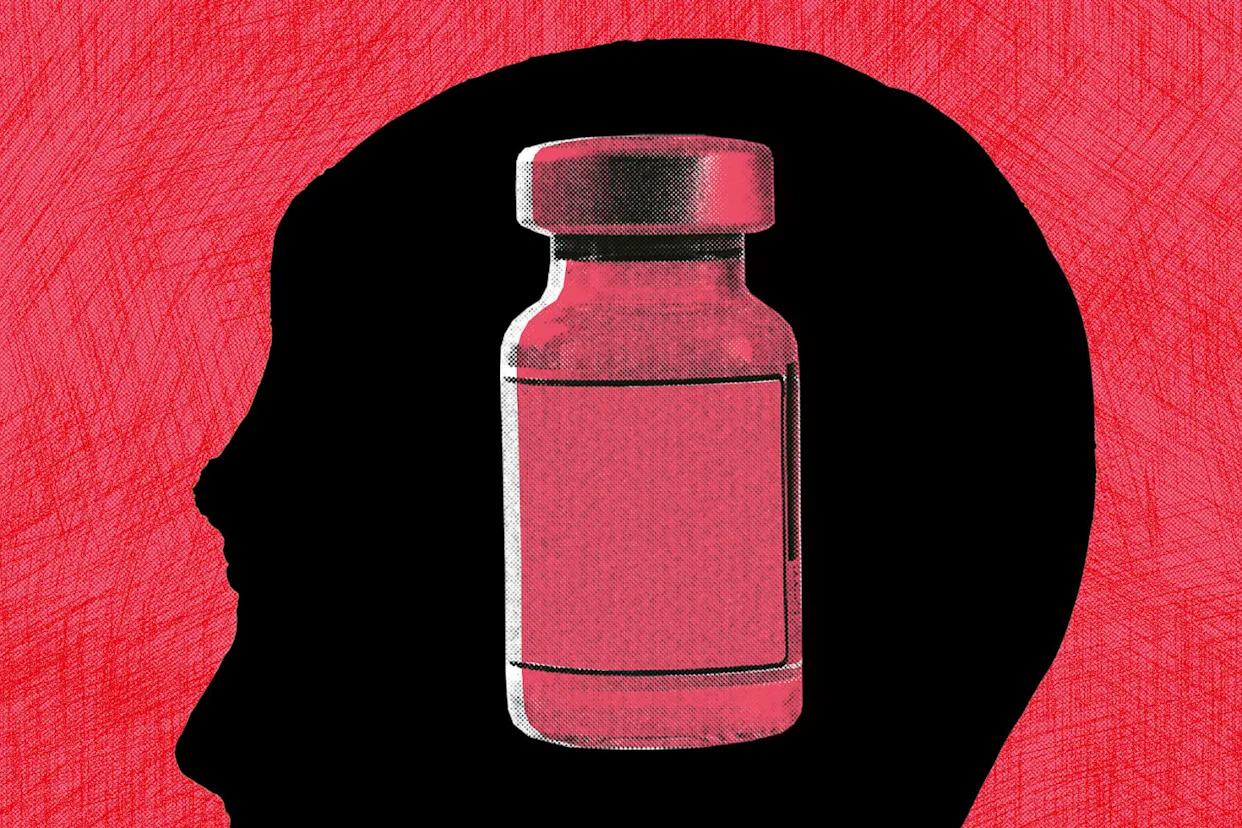
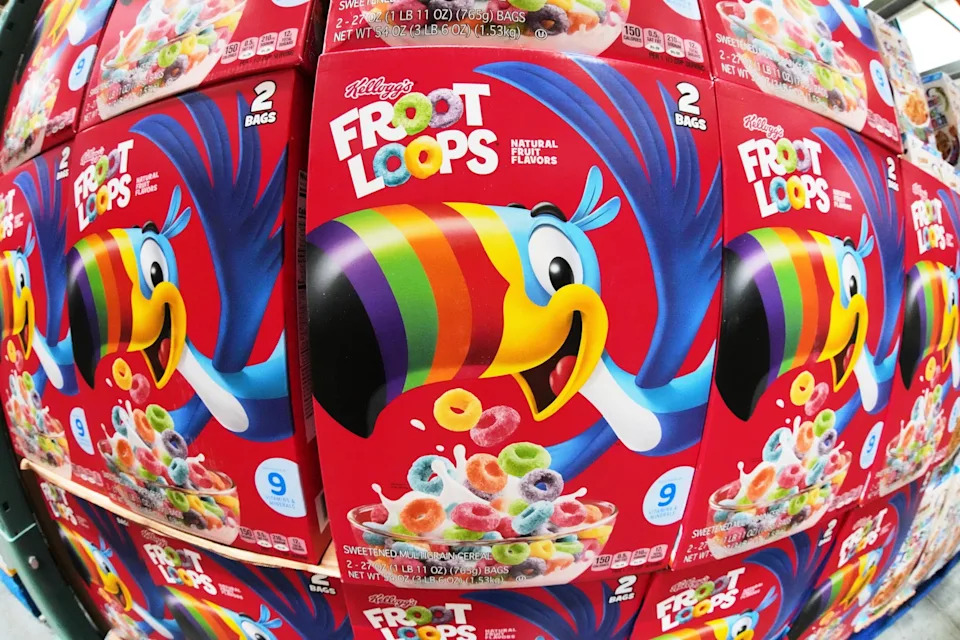
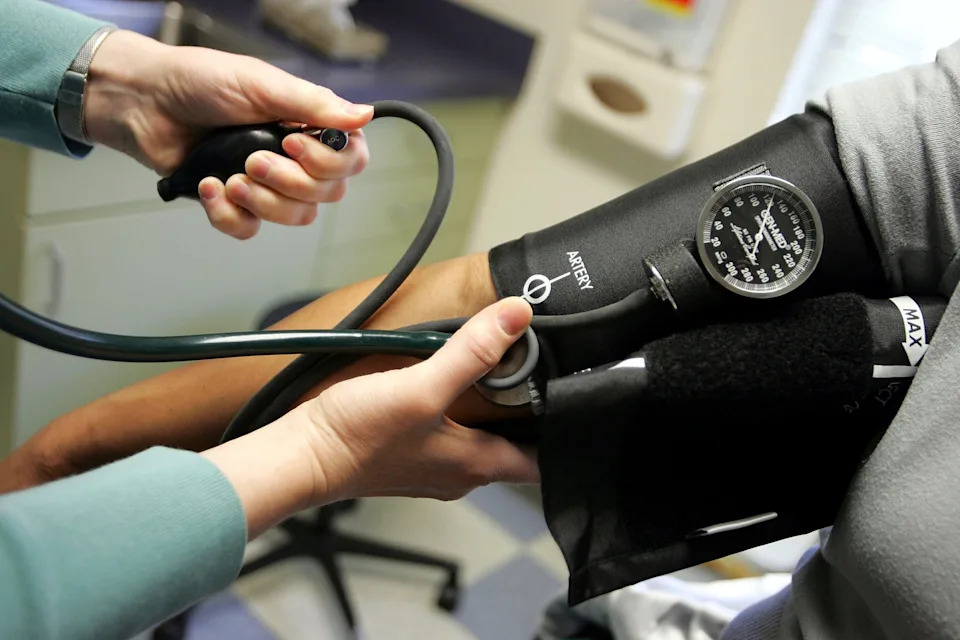
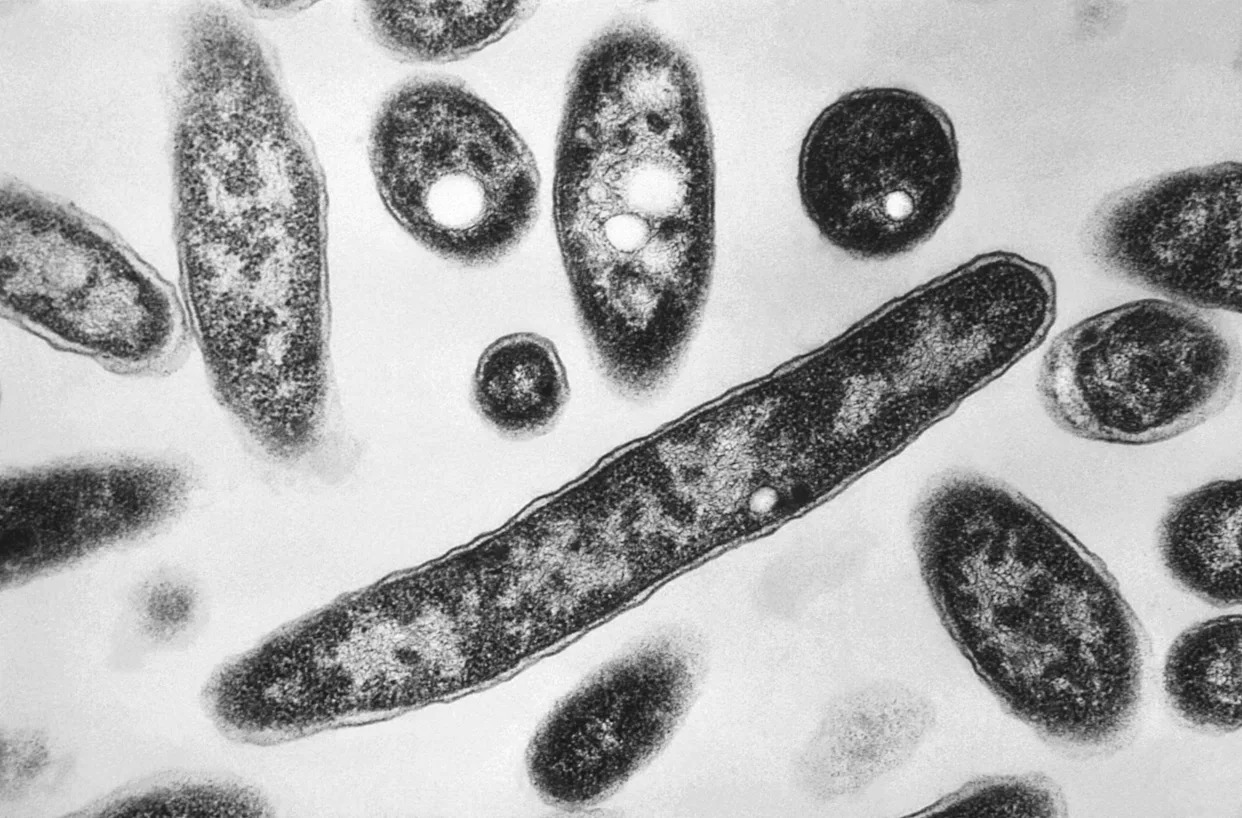
Comments